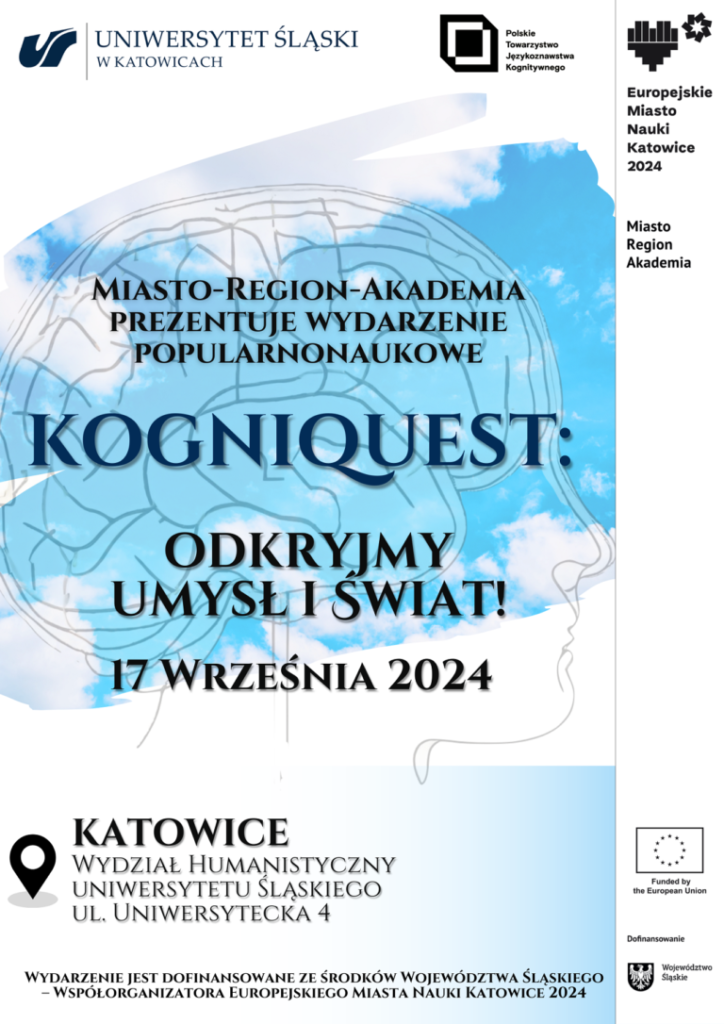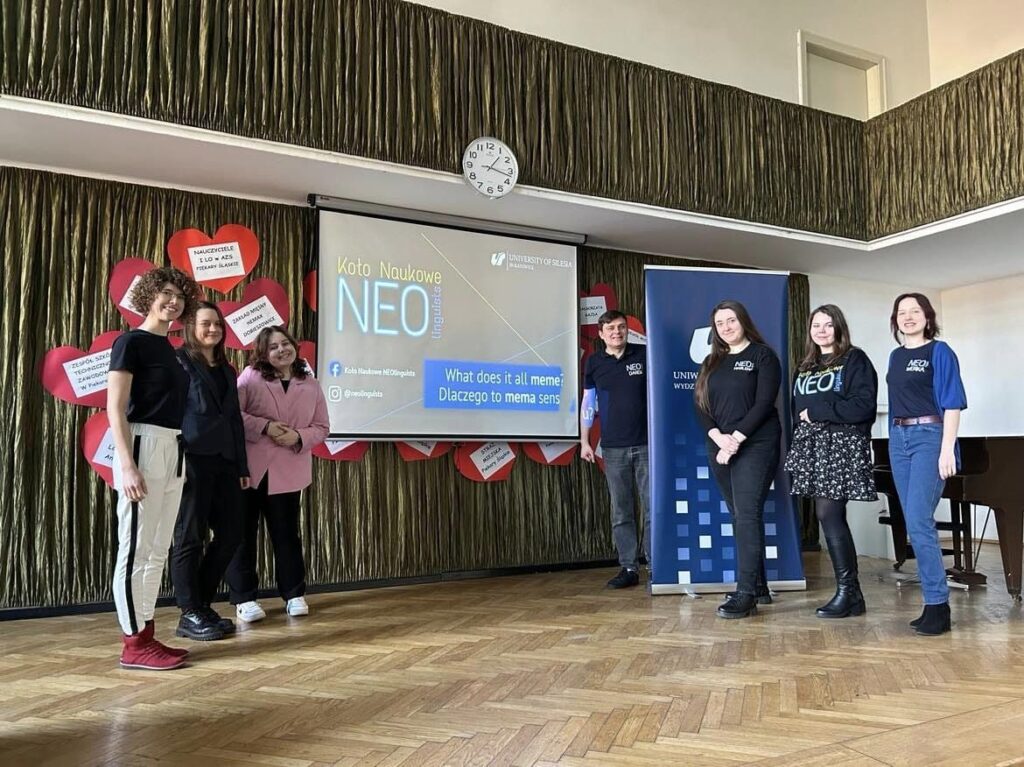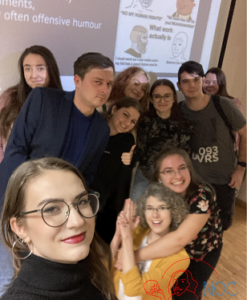Dear All,
We are pleased to announce that our former president, Dariusz Jakubowski, together with his colleagues, Agnieszka Chmiel (Adam Mickiewicz University, POLAND), Przemysław Janikowski (University of Silesia in Katowice, POLAND), Danijel Koržinek (Polish-Japanese Academy of Information Technology, POLAND), and Marta Kajzer-Wietrzny (Adam Mickiewicz University, POLAND), published an article titled Syntax, stress and cognitive load, or on syntactic processing in simultaneous interpreting in Translation and Interpreting at the Interface of Cognition and Emotion.
You can find more about the article here.



